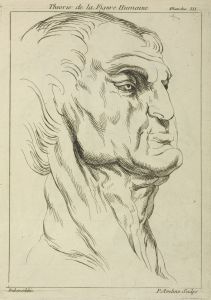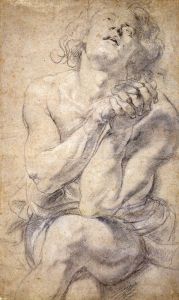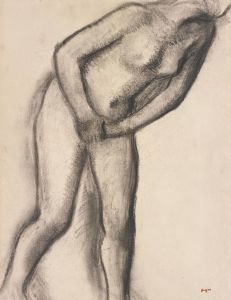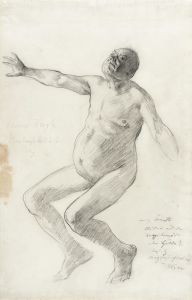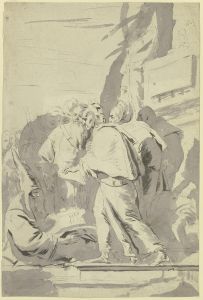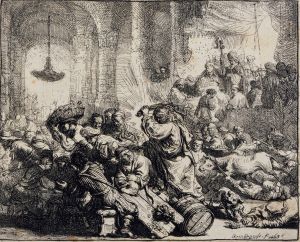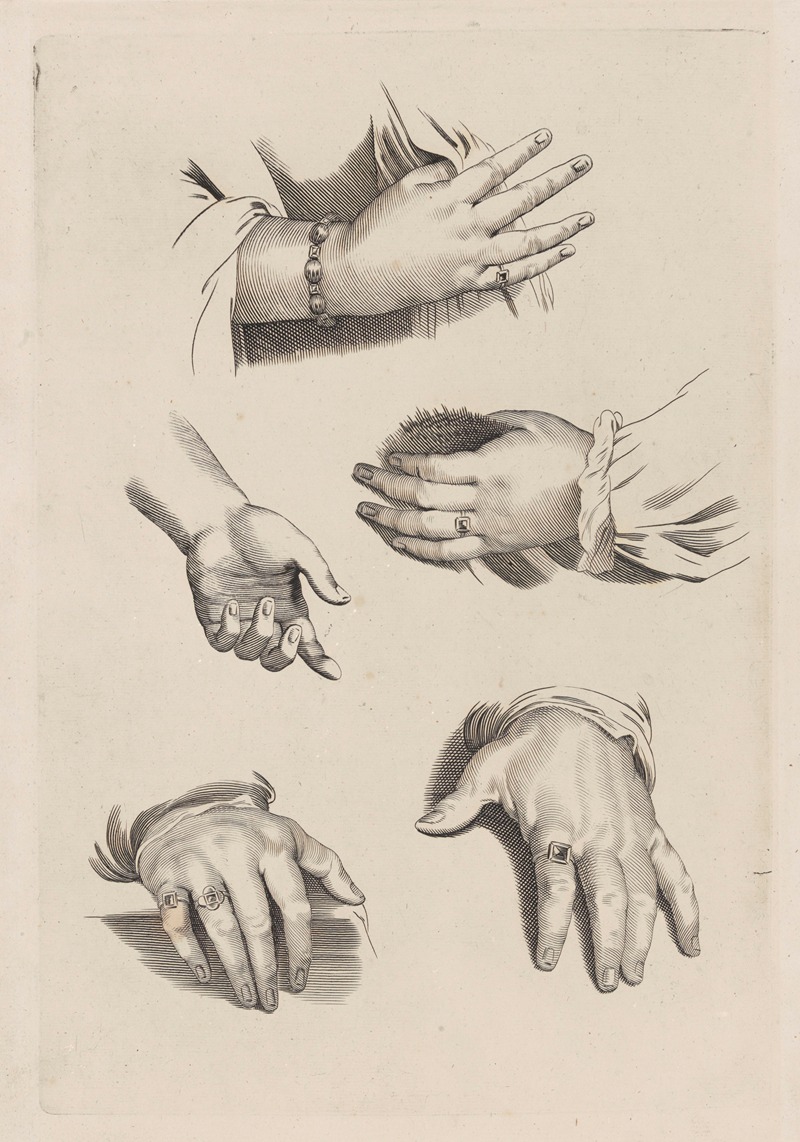
Study of Hands
A hand-painted replica of Peter Paul Rubens’s masterpiece Study of Hands, meticulously crafted by professional artists to capture the true essence of the original. Each piece is created with museum-quality canvas and rare mineral pigments, carefully painted by experienced artists with delicate brushstrokes and rich, layered colors to perfectly recreate the texture of the original artwork. Unlike machine-printed reproductions, this hand-painted version brings the painting to life, infused with the artist’s emotions and skill in every stroke. Whether for personal collection or home decoration, it instantly elevates the artistic atmosphere of any space.
Peter Paul Rubens' Study of Hands is a notable drawing attributed to the Flemish Baroque artist, who is widely regarded as one of the most influential painters of his time. This work is a preparatory study, focusing on the detailed depiction of human hands, which were a recurring subject in Rubens' artistic practice. The drawing showcases Rubens' mastery of anatomy and his ability to capture the expressive potential of the human form.
The artwork is executed in chalk, pen, or similar drawing materials, which were commonly used by Rubens for his studies. These preparatory sketches allowed him to refine his understanding of form, movement, and proportion before incorporating such elements into his larger compositions. The hands in this study are rendered with remarkable precision and fluidity, demonstrating Rubens' deep knowledge of anatomy and his skill in conveying texture and volume through line and shading.
Rubens often created studies like this as part of his creative process, using them to explore specific poses or gestures that would later appear in his paintings. Hands, in particular, were a critical aspect of his work, as they played a significant role in conveying emotion and narrative in his compositions. This focus on hands reflects the broader Baroque interest in dynamic movement and expressive detail.
The exact date of Study of Hands is not definitively known, but it is consistent with Rubens' broader body of work from the early 17th century. The drawing is believed to have been created during his mature period, a time when he was producing some of his most celebrated works. As with many of Rubens' studies, this piece provides insight into his working methods and his dedication to understanding the human figure.
Today, Study of Hands is held in a museum or private collection, though its specific location may vary depending on the source. The drawing is often studied by art historians and admired by artists for its technical excellence and its role in Rubens' artistic process. It serves as a testament to the artist's meticulous approach to preparation and his enduring influence on the study of human anatomy in art.
This work is a prime example of how preparatory studies can stand alone as works of art, offering a glimpse into the creative mind of one of history's greatest painters.











